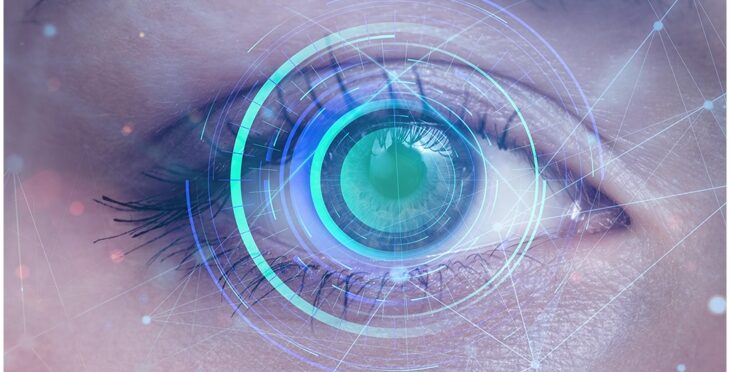The Function of Advanced Diagnostic Tools in Identifying Eye Disorders
In the realm of ophthalmology, the usage of advanced diagnostic tools has changed the early identification and management of various eye problems. From finding refined adjustments in the optic nerve to checking the progression of retinal diseases, these technologies play an essential role in enhancing the accuracy and effectiveness of detecting ocular conditions. As the need for precise and prompt medical diagnoses continues to grow, the integration of sophisticated tools like optical comprehensibility tomography and visual area testing has actually become important in the realm of eye care. The complex interaction in between technology and sensory practices not only sheds light on detailed pathologies however likewise opens doors to tailored treatment techniques.
Importance of Very Early Diagnosis
Early medical diagnosis plays a critical role in the reliable administration and treatment of eye problems. By discovering eye conditions at a very early phase, healthcare companies can use proper treatment plans customized to the certain problem, ultimately leading to far better results for people.

Technology for Detecting Glaucoma
Cutting-edge analysis technologies play an important function in the very early detection and tracking of glaucoma, a leading reason for irreparable loss of sight worldwide. One such innovation is optical coherence tomography (OCT), which offers thorough cross-sectional pictures of the retina, enabling the measurement of retinal nerve fiber layer density. This measurement is essential in analyzing damages triggered by glaucoma. An additional sophisticated device is visual area testing, which maps the level of sensitivity of an individual's aesthetic area, assisting to find any locations of vision loss feature of glaucoma. Furthermore, tonometry is made use of to measure intraocular pressure, a significant danger element for glaucoma. This examination is important as elevated intraocular stress can lead to optic nerve damage. Additionally, newer technologies like making use of artificial intelligence algorithms in assessing imaging data are showing appealing outcomes in the very early discovery of glaucoma. These innovative diagnostic tools allow ophthalmologists to diagnose glaucoma in its beginning, permitting timely intervention and far better administration of the illness to stop vision loss.
Role of Optical Comprehensibility Tomography

OCT's capacity to measure retinal nerve fiber layer density allows for exact and objective dimensions, assisting in the early detection of glaucoma even prior to visual area problems emerge. Additionally, OCT technology allows longitudinal monitoring of architectural modifications in time, assisting in personalized treatment plans and prompt treatments to help preserve people' vision. The non-invasive nature of OCT imaging also makes it a recommended selection for keeping track of glaucoma progression, as it can be duplicated frequently without creating discomfort to the client. Overall, OCT plays an important function in boosting the diagnostic accuracy and administration of glaucoma, ultimately adding to much better results for individuals in jeopardy of vision loss.
Enhancing Medical Diagnosis With Visual Field Testing
An essential part in extensive sensory examinations, visual field screening plays a critical function in boosting the diagnostic procedure for various eye disorders. By analyzing the complete level of a person's aesthetic field, this test gives important info about the useful integrity of the entire aesthetic pathway, from the retina to the aesthetic cortex.
Aesthetic field screening is specifically important in the medical diagnosis and management of problems such as glaucoma, optic nerve problems, and various neurological illness that can impact vision. With quantitative dimensions of peripheral and central vision, clinicians can identify refined adjustments that might indicate the presence or development of these conditions, even prior to obvious signs and symptoms happen.
Furthermore, visual area testing enables the tracking of treatment effectiveness, assisting ophthalmologists customize therapeutic interventions to private clients. eyecare near me. By tracking modifications in aesthetic area performance in time, health care providers can make enlightened choices about adjusting medications, recommending medical treatments, or applying various other proper procedures to maintain or improve a client's visual feature
Handling Macular Degeneration

Verdict
Finally, progressed diagnostic tools play a critical role in identifying eye problems at an early stage. Technologies such as Optical Comprehensibility Tomography and aesthetic field screening have substantially improved the precision and performance of detecting problems like glaucoma and macular deterioration. Early detection permits timely intervention and management of these disorders, ultimately leading to better results for clients. It is imperative for healthcare specialists to stay upgraded on these innovations to give the most effective possible look after their individuals. eyecare near me.